You don’t realise how cyclical life is until you return to a gadget trend after a decade. When I shut my Motorola Razr back in the naughties, I figured that was the last time I would be flirting with that form factor, as candy bar-style smartphones were now taking over the general gadget zeitgeist.
Then, I reviewed the Galaxy Z Flip 3 last year. And I realised there’s a future in folding smartphones. Just overnight, Samsung introduced its fourth generation of the Galaxy Z Flip and Galaxy Z Fold. We thought there was no better time than now to reflect on the journey that brought us here.
Samsung may be the manufacturer that’s popularised the folding smartphone, but others have introduced their own versions that are worth mentioning. Here’s an abridged look back at the history of the folding smartphone in the last decade.
Thank you, flip phones of yore
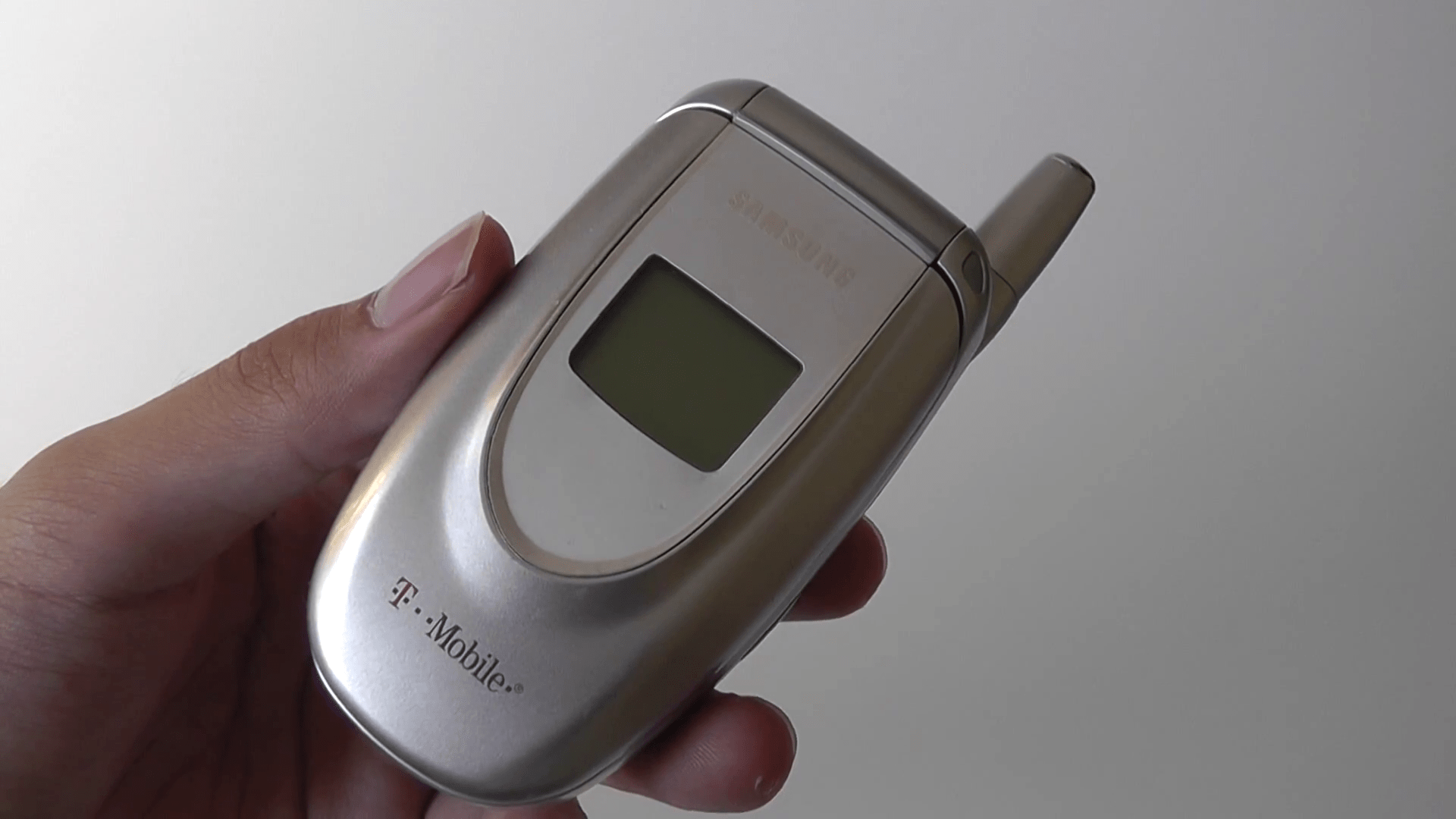
First, we have to shout out the original flip phone of yore for paving the way. If it weren’t for Samsung’s flip phones or the Motorola Razr (which it tried to reprise as a foldable later on), we wouldn’t have considered that phones could be condensed down to a pocketable size.
Isn’t a foldable e-reader just a book?
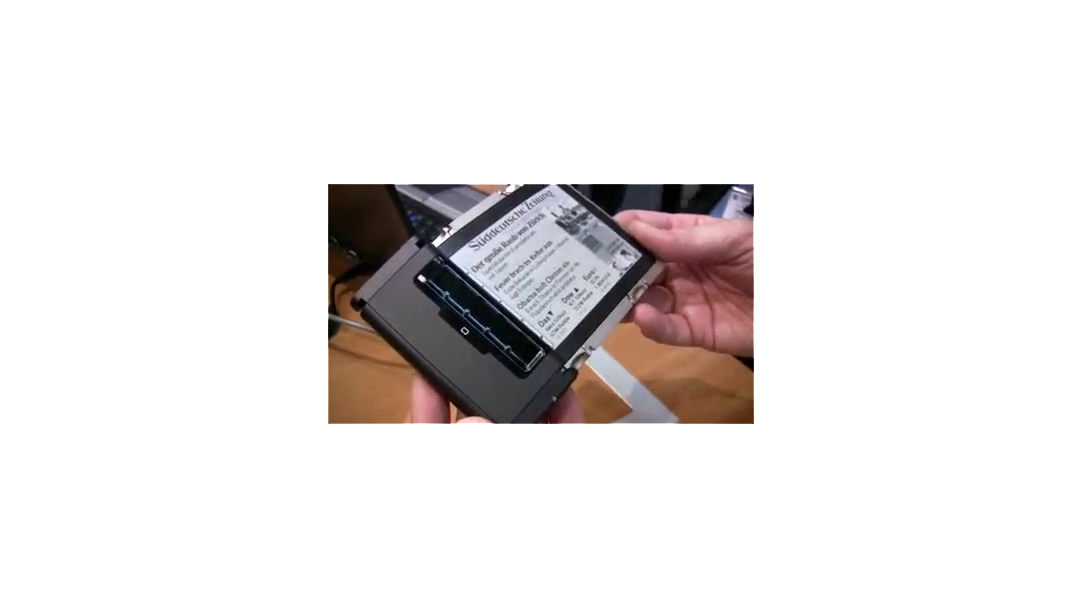
Before Samsung came out swinging with its foldable AMOLED display, a few other companies tried to make strides within the industry. In 2006, Polymer Vision showed off a rollable concept and a foldable device called the Readius, which functioned mostly as an e-reader rather than a full-blown mobile device.
It’s morphing time! Nokia shows off its Morph concept

In 2008, Nokia showed a concept video of a foldable display that could be moulded into different form factors. The original teaser shows a thin tablet that’s essentially a slab of glass that could then tri-fold down and latch on to your wrist like a slap bracelet. The novel nature of the Morph made it seem like the technology was ahead of its time.
Samsung teases us with foldable AMOLED

The first hint that Samsung was working on a foldable display was in 2011, when the company showed off a concept tablet that utilised a fully flexible AMOLED display. The display could bend, fold, and roll-up. It was even a bit see-through.
Kyocera was on to something
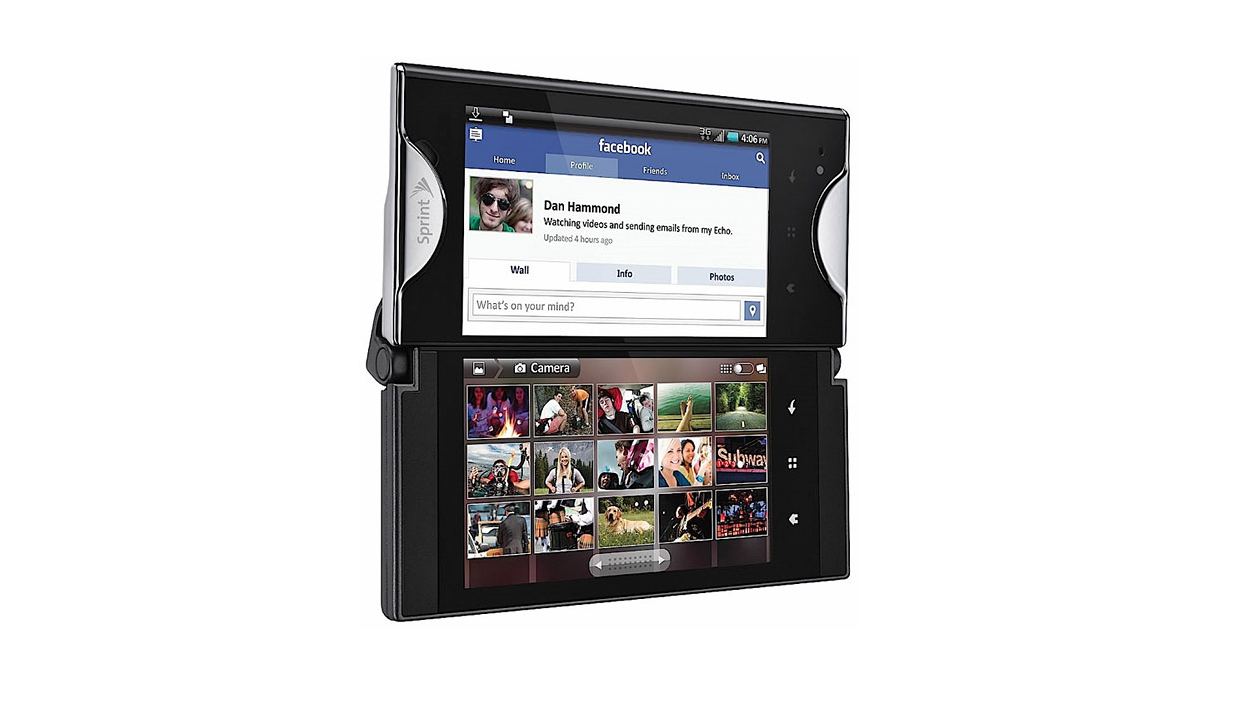
Around the time Samsung started teasing us with its foldable AMOLED, Kyocera released a dual-touchscreen Android phone called the Echo. It had dual 3.5-inch displays that folded into one another, plus software tweaks allowing you to run two apps simultaneously, side-by-side. Again, this is a case of another manufacturer being ahead of its time. The version of Android it was running didn’t yet support split-screen mode.
The three-screened ZTE Axon M just didn’t quite cut it
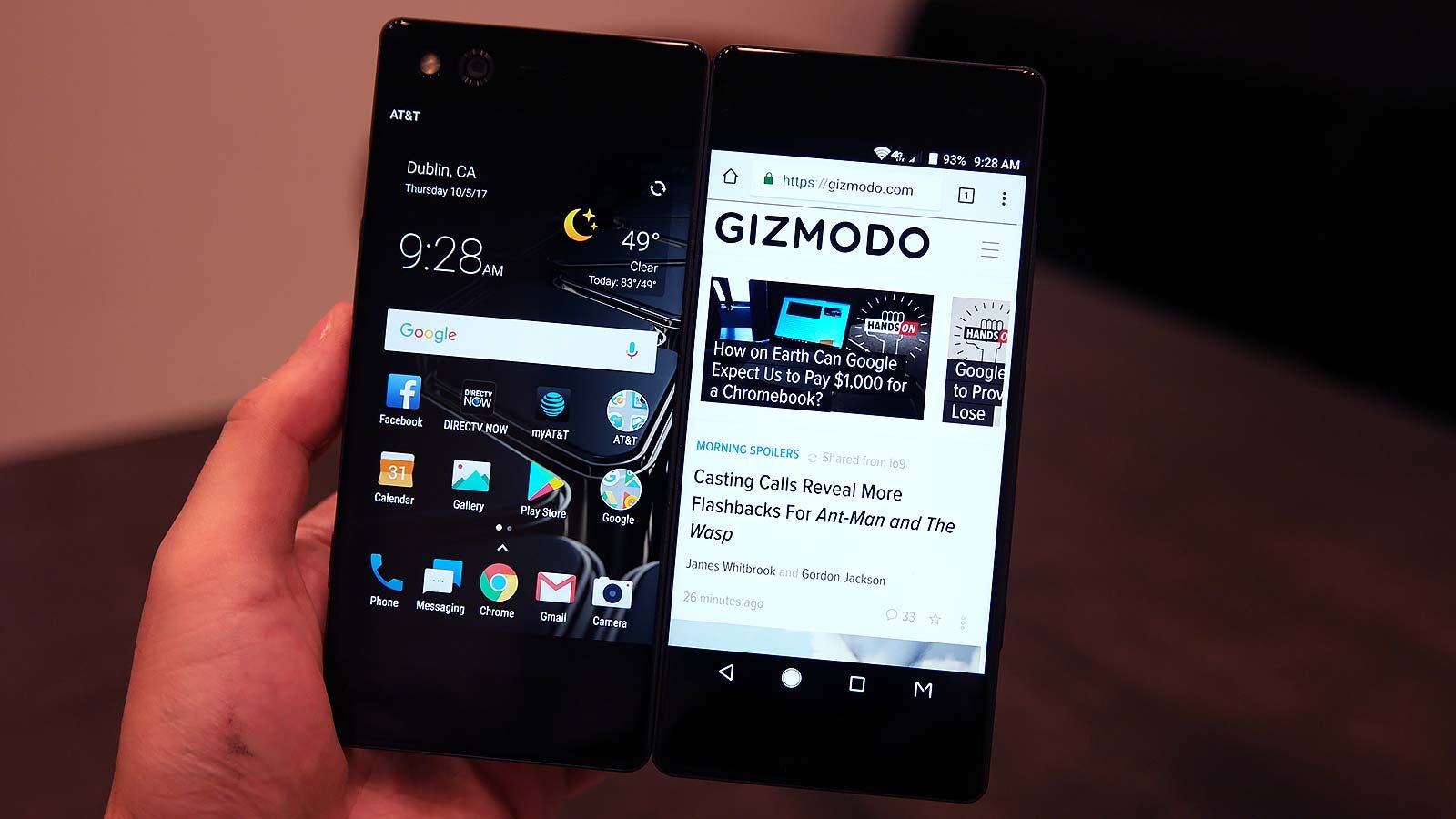
Samsung may have had the technology for folding smartphone displays, but it would take a while before making a phone with that particular form factor. Until then, if you were considering a foldable smartphone, you were likely looking at something dual-screened like the Kyocera Echo.
ZTE launched the Axon M in 2017 in the U.S. via AT&T. I still have my original review unit floating somewhere in my gadget closet. The phone had three screens in total: a 5.2-inch front screen and two 5.2-inch displays on the inside that folded out into a larger 6.8-inch tablet-style display. The Axon M was certainly cool, but the lack of proper software optimisation, plus the physical bezel separating the two displays didn’t quite deliver on the experience.
Royole Flexpai was a royal letdown
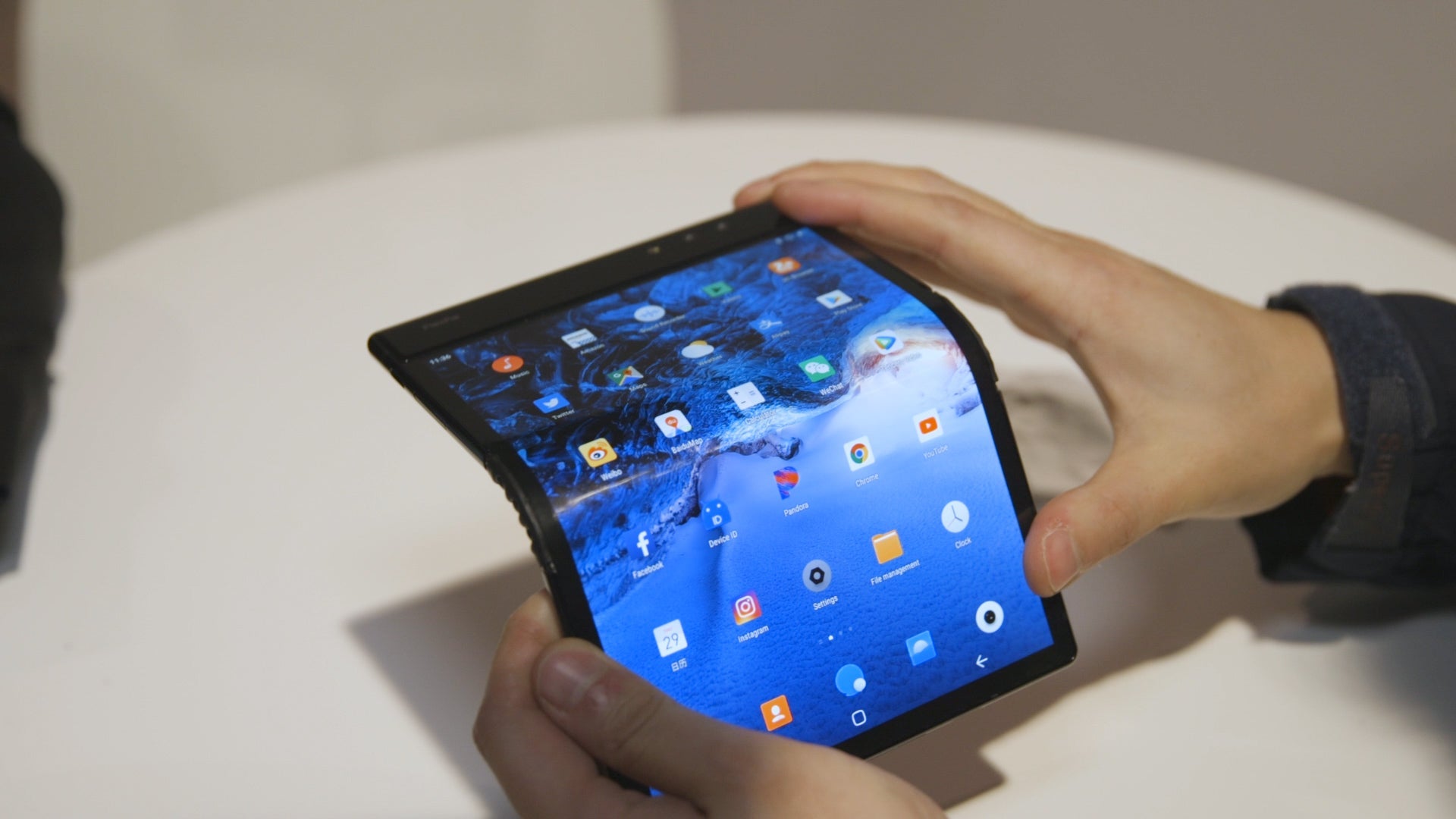
Technically, the first bendable smartphone to market was the Royole Flexpai, launched days before Samsung showed off its updated flexible display. The Chinese electronics brand made it immediately available for a little over $1,800, though initial impressions of the device didn’t seem like it was worth the hassle of procuring one from overseas.
Samsung officially starts us off with the Galaxy Fold
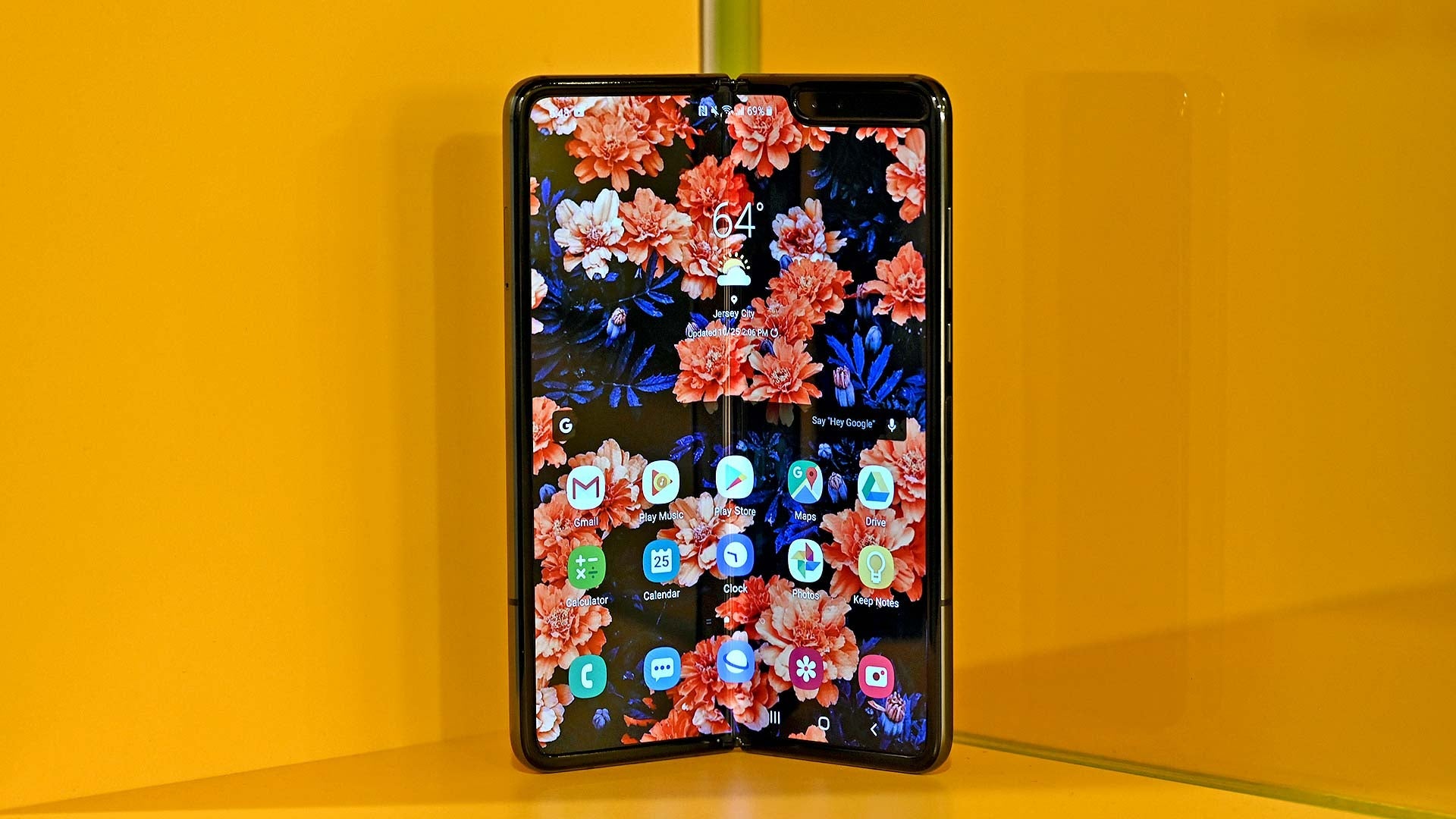
Samsung launched its first consumer-ready foldable smartphone in 2019. The device was teased relentlessly, though when it launched, it landed with a smack. The Fold, which started as a device with a measly 4.6-inch display, opened up like a book to reveal a 7.3-inch Dynamic AMOLED inside. It also had a protective plastic film on the inner display, which some reviewers unknowingly pulled off. Samsung then retracted those review units and relaunched the Fold a few months later with a fix.
It’s still too bad Huawei is banned elsewhere
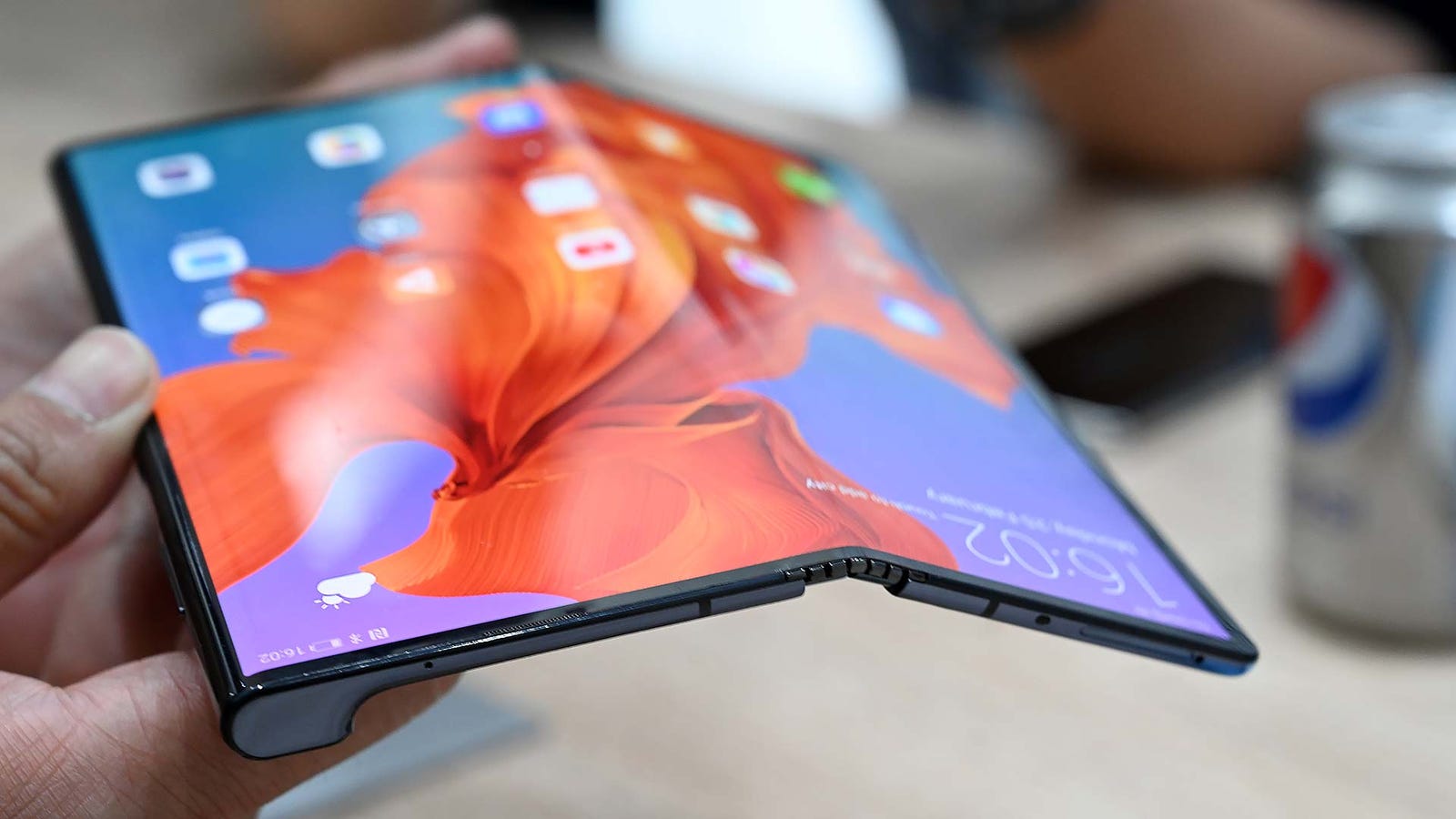
Huawei isn’t a brand you can buy to use in the U.S. anymore, but it made strides around APAC with the foldable Mate X. The expensive bendable phone stole the spotlight from the Galaxy Fold after a wave of mishaps with Samsung’s initial review devices. Huawei is still making folding phones.
The Mate X was a bonafide, all-screen folding smartphone. But it folded back into a candy bar-sized phone rather than into itself like a book. It had a 6.8-inch front display and a 6.38-inch display on the back, which also housed the rear-facing cameras. To open the Mate X, you could press a button, transforming the phone into an 8-inch slate device. Huawei made headway with this design, especially ensuring the bezels weren’t overloading the available screens.
Xiaomi figures out folding phones
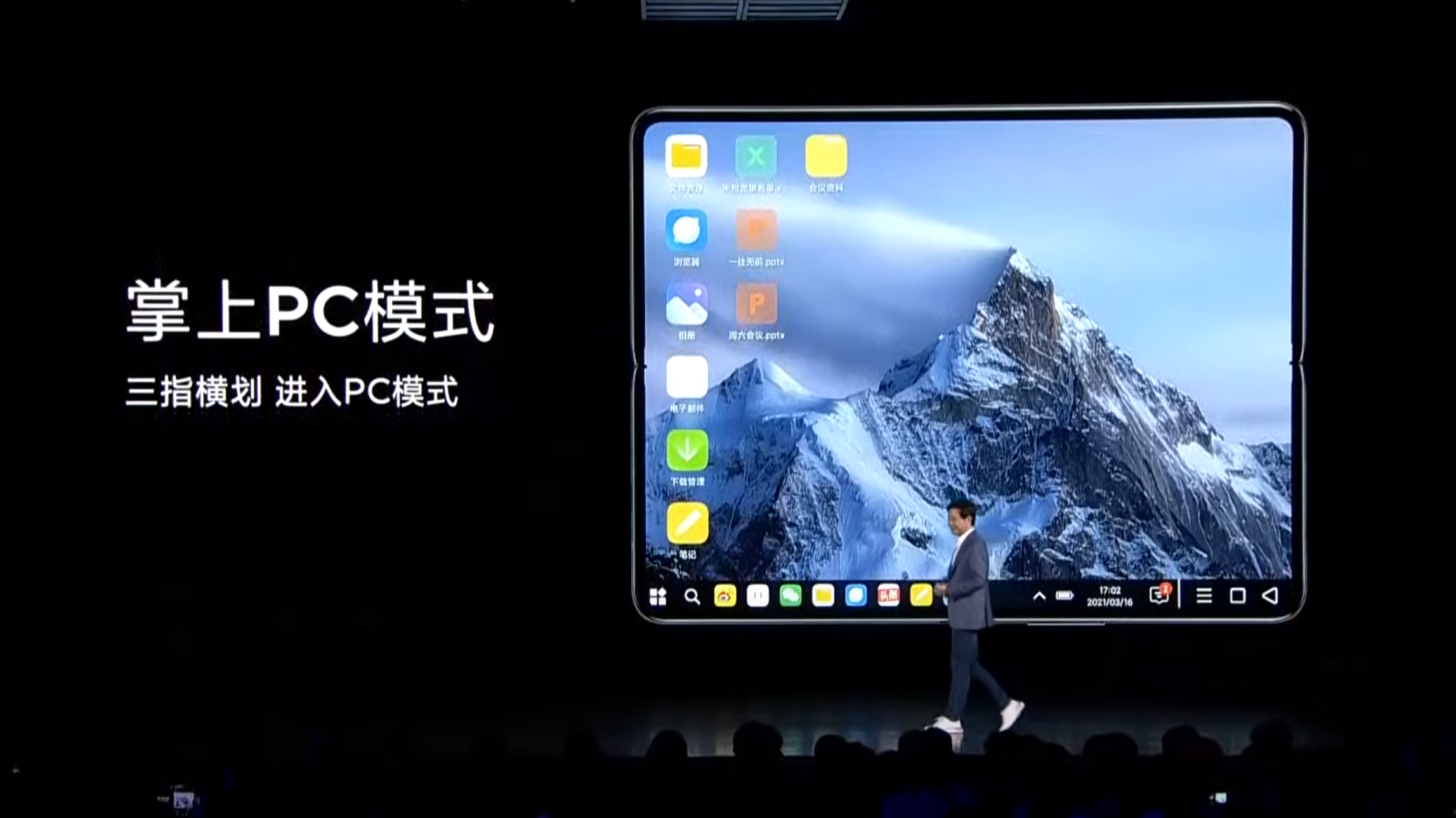
Xiaomi also waves the folding smartphone flag around the region. China’s largest smartphone manufacturer joined Samsung and Huawei in manufacturing flexible phones. The company once teased a tri-fold design, but its first launch was actually the Mi Mix Fold in 2021.
Motorola reprises the Razr as a folding flip phone
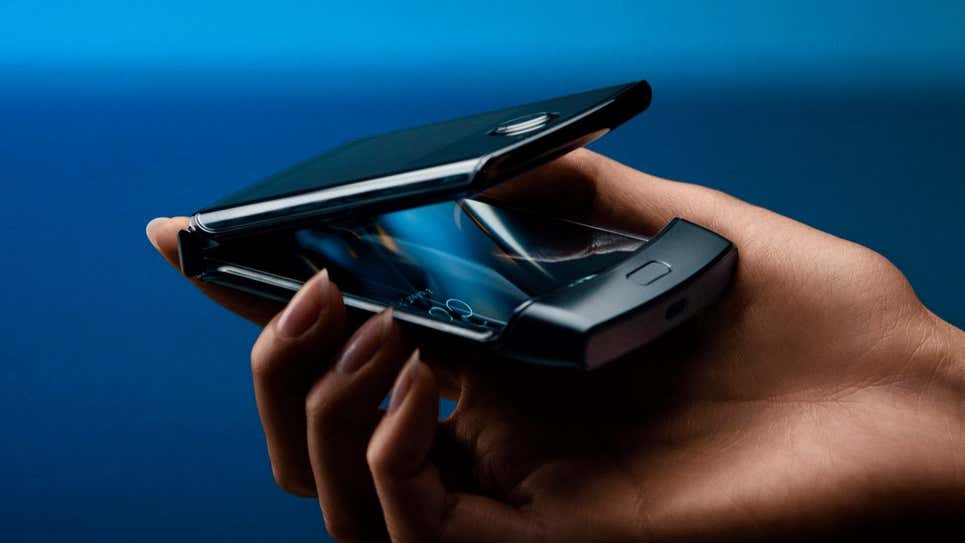
Motorola tried desperately to revive the Razr brand as a folding smartphone in 2019. And I mean, it REALLY tried. The 6.2-inch P-OLED foldable, which resembled Motorola’s original Razr flip phone, also had a “Quick View” display on the front, a 2.7-inch OLED. But the phone suffered from lacklustre reviews, and its exclusive deal with Verizon in the U.S. meant it was only available to a small set of users.
Samsung’s Galaxy Flip did what Motorola couldn’t
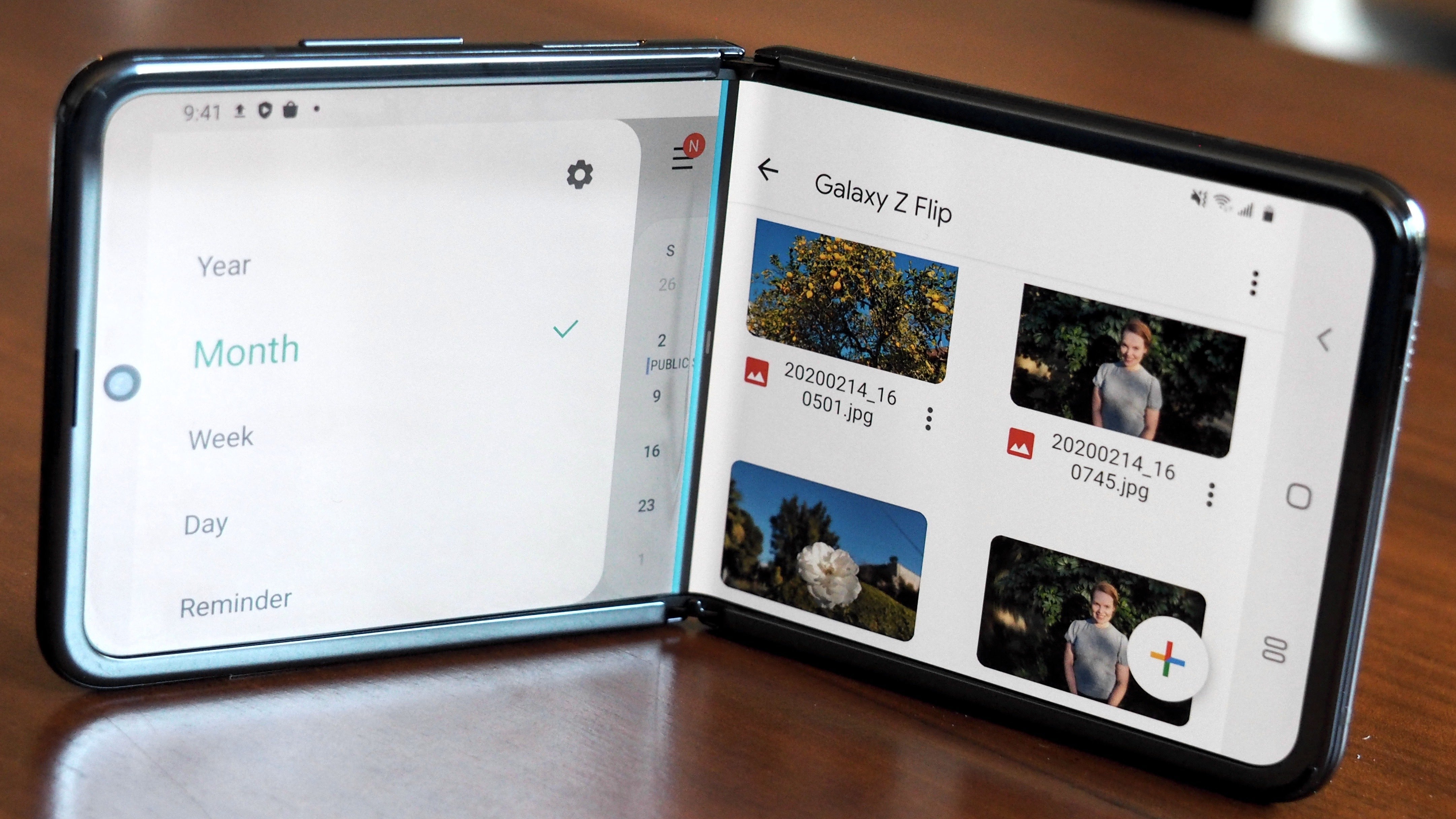
Samsung’s first Z Flip model came at the right time. It was after the company had some time to work out the kinks of its almost-disastrous Galaxy Fold launch. It also followed Motorola’s struggle to capitalise on the nostalgia of its hit flip phone from the early aughts. The Galaxy Z Flip has since endured more iterations, and the fourth looks badass.
TCL tried its hand at something foldable, too
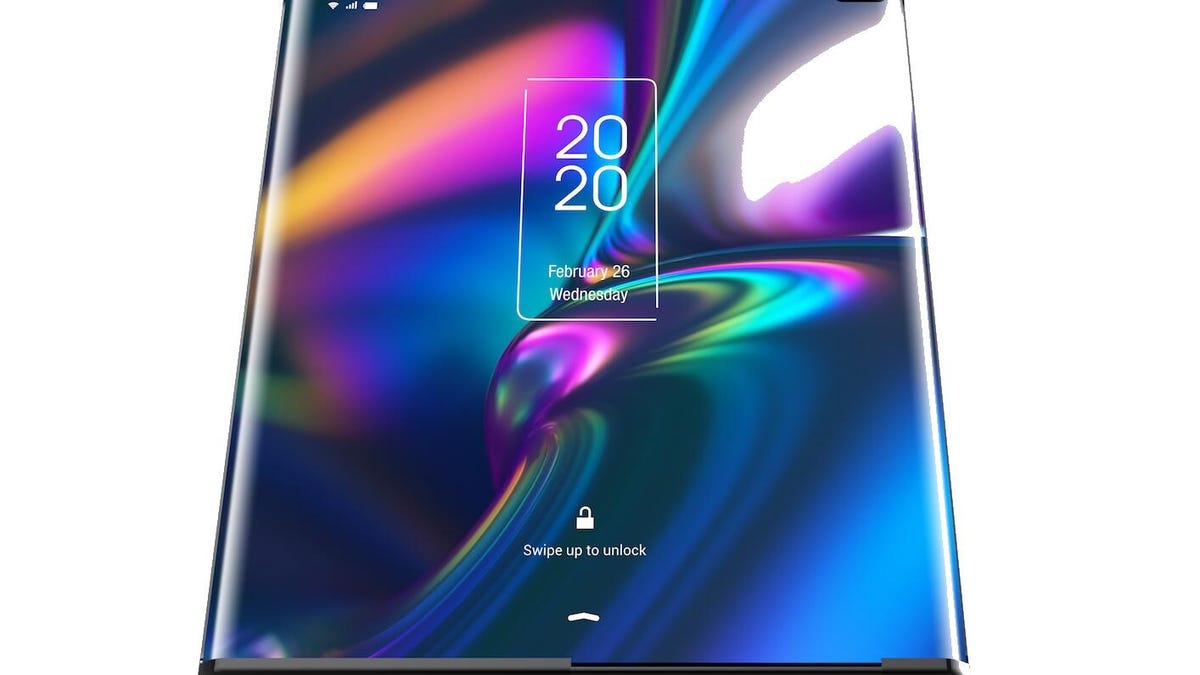
TCL is typically known for its affordable smartphones and TVs, though it’s also played around with a folding form factor. The company showed off a foldable concept device at CES 2020. Then, a month later, it teased a slide-out smartphone that managed to capture more eyes for its relatively creative way of folding within itself.
Microsoft Surface Duo: Hey, it folds!
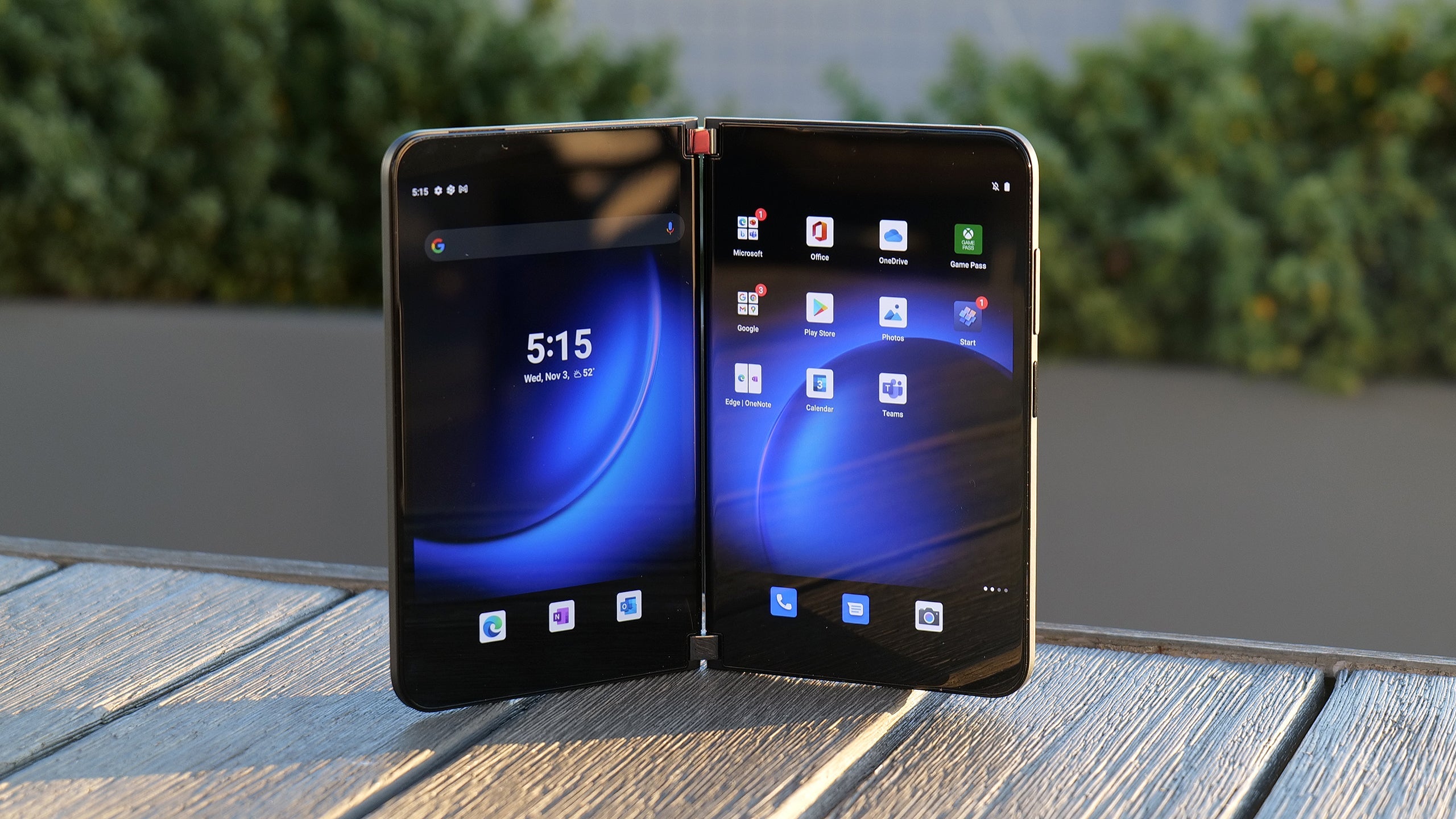
The Microsoft Surface Duo is not foldable in the current sense. It doesn’t have a screen that bends in the middle, though it has two inner displays that fold into an 8.1-inch device. It also features a host of software tweaks to make it the ultimate productivity device. Unfortunately, even with the second-generation Duo 2, Microsoft failed to impress users.
We can’t forget Oppo’s valiant attempts
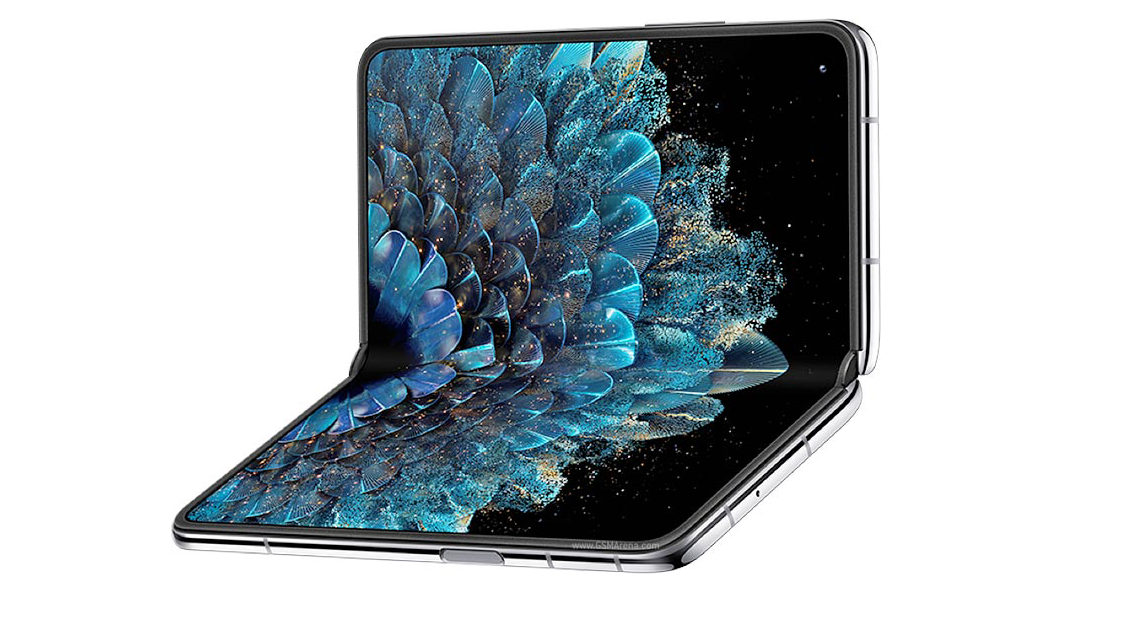
We’d be remiss not to mention OnePlus’s parent company, Oppo, for its first flagship foldable, the Find N. Although it’s not available in the U.S. market, its existence has helped normalise the form factor as a crucial part of any manufacturer’s device portfolio. To its credit, Oppo has a history of trying on different smartphone styles to stand out from the saturated sea of competition in the Android space.
Will Google ever have a folding smartphone?
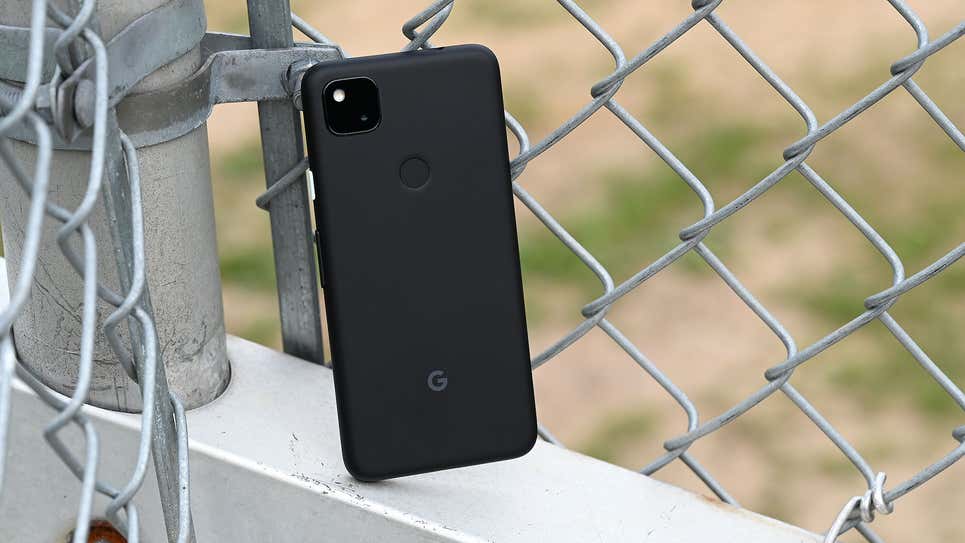
We’ve reached the end of our folding smartphone journey, though there’s plenty more up ahead to look forward to, including rumours about stretchy displays and Samsung’s other experiments. Microsoft might even have another form factor up its sleeve, though it’s uncertain if it’ll be in the smartphone space, considering the Duo’s reception.
However, the company we’re holding out hope for is Google, with its Pixel lineup of smartphones. We’ve been following the rumours over the past few years in a sort of will-they-won’t-they way. It seems that currently, they won’t. The last thing we heard was that Google’s foldable Pixel had been delayed for a second time, and we likely won’t hear much else until at least the end of the year.
This article has been updated since it was first published.
